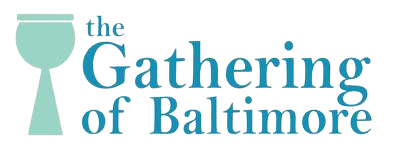How do I find the Send connector in Exchange 2010?
How do I find the Send connector in Exchange 2010?
Open the Exchange Management Console on a computer that has the Hub Transport server role. In the console tree, expand Organization Configuration, select Hub Transport, and then click the Send Connectors tab in the work pane.
How does Exchange choose Send connector?
When Exchange selects a connector for routing a message, it only considers connectors that have a matching address space. If more than one connector matches the destination address space, the connector with the more precise address match is selected. By default, the address space type on a new Send connector is SMTP.
How can I check my send connector certificate?
Use the Get-SendConnector cmdlet to view the settings for a Send connector. For information about the parameter sets in the Syntax section below, see Exchange cmdlet syntax.
What is an email connector?
Connectors are a collection of instructions that customize the way your email flows to and from your Microsoft 365 or Office 365 organization. This article describes the mail flow scenarios that require connectors.
How do Exchange connectors work?
Exchange uses connectors to enable incoming and outgoing mail flow on Exchange servers, and also between services in the transport pipeline on the local Exchange server. These are the types of connectors that are available in Exchange. Receive connectors control incoming SMTP mail flow.
What port does Exchange send connector use?
The default Send connector named “EdgeSync – to Internet” relays outbound mail on port 25 from the Edge Transport server to the internet.
Where would you make a new Send connector?
Sign in to Exchange Admin Center as an administrator or with an account with the privileges to add a send connector in Exchange. Click mail flow and click send connectors. Click the plus icon to create the first send connector. Type a friendly name such as Internet email.
What is scoped send connector?
When you mark a send connector as scoped, this means it can only be used by Exchange 2007/2010 hub transport or Exchange 2013 mailbox servers in the same Active Directory site as the send connector. If not selected, the connector can be used by all transport servers in the Exchange environment.
